✓ Joining us on our Whatsapp Channel: 💬 Explore and Escape!.
Booking through us:
✓ 🏩 🛌 Handpicked Luxury Stays in Budget: Booking.com | Agoda.com
✓ 🍹⛱️ Deals on Private xfers, SIM Cards, City tours, Day trips : 📍🗺️ GetYourGuide | 🛵🧳 Klook
com/landmarks/oceania-landmarks/landmarks-of-australia/”>landmarks in Europe, and so are in Pakistan.
Pakistan is a treasure trove of cultural gems that have stood the test of time, enduring as living testaments to the nation’s rich history and vibrant heritage.
From the towering peaks of the Karakoram to the vibrant bazaars of Lahore, Pakistan’s landmarks are a melange of breathtaking natural wonders and ancient architectural marvels that take visitors on a mesmerizing journey through the country’s past and present.
These landmarks are like the stars in the sky, each one shining with a unique radiance that illuminates the soul and inspires the senses.
1. Badshahi Mosque – Lahore
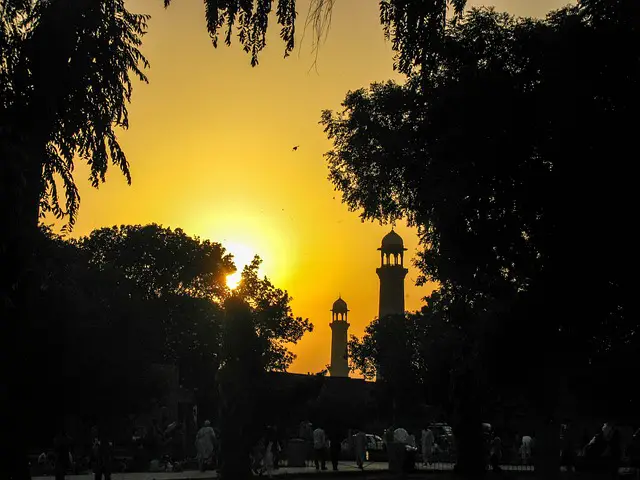
Badshahi Mosque is a grand mosque located in Lahore, Pakistan. It is one of the largest mosques in the world.
What to see or do: Visitors can wander around the massive prayer hall, admire the intricate details of the architecture and beautiful gardens surrounding the mosque.
Don’t miss: Catch the stunning sunset view of the mosque from its courtyard or take a stroll through the bazaar surrounding the mosque, offering an array of souvenirs, fabrics, and food.
Insider travel tips: Make sure to visit during off-peak hours to avoid crowds and dress conservatively as this is a religious place. Also, keep in mind that the mosque is busiest during prayers.
2. Faisal Mosque – Islamabad
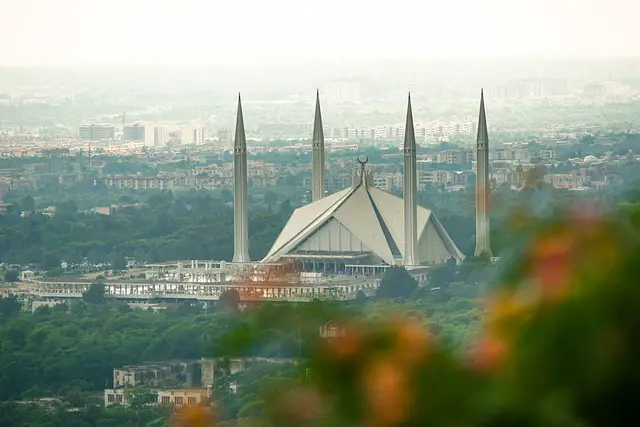
Faisal Mosque is a modern and grand mosque located in the heart of Islamabad, the capital of Pakistan.
What to see or do: Visitors can admire the unique and striking architecture of the mosque, which combines modern and traditional designs with elements of Islamic and Mughal styles.
The mosque itself can accommodate up to 100,000 worshippers and is the largest mosque in Pakistan.
Don’t miss: Make sure to visit the impressive prayer hall, which is adorned with beautiful marble and mosaic designs. The surrounding gardens and courtyards also offer a peaceful escape from the hustle and bustle of the city.
Insider travel tips: – Visitors must dress modestly and remove their shoes before entering the mosque.
3. Lahore Fort – Lahore
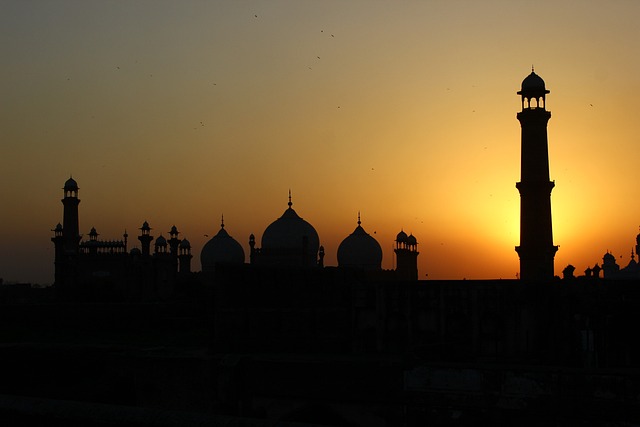
An iconic UNESCO World Heritage site located in the heart of Lahore, Pakistan.
What to see or do: Explore the multiple buildings and attractions within the fort including Sheesh Mahal (Palace of Mirrors), Naulakha Pavilion, Alamgiri Gate, and the stunning courtyards.
Admire the intricate details of Mughal architecture, beautiful tile work, and frescoes.
Don’t miss: The evening light and sound show which highlights the history of Lahore Fort in a memorable way.
Insider travel tips: Wear comfortable shoes as there is a lot of walking involved. Consider hiring a guide to learn more about the history and significance of the fort.
The best time to visit is during the cooler months from October to March.
4. Minar-e-Pakistan – Lahore
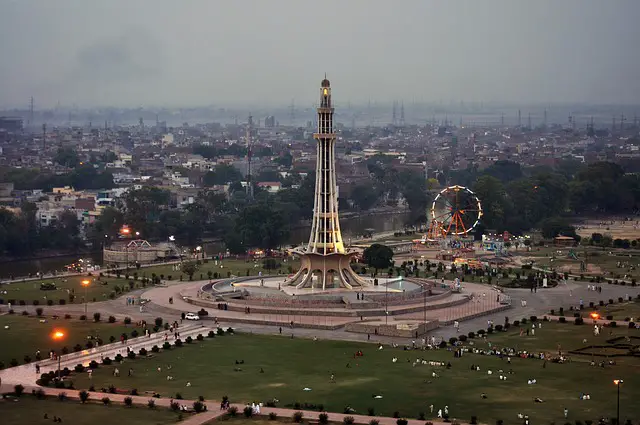
Minar-e-Pakistan is a towering monument situated in Iqbal Park, Lahore, Pakistan.
What to see or do: Visitors can climb up to the top of the tower to enjoy panoramic views of the surrounding city. The monument is surrounded by beautiful gardens and a large pool that reflects the tower’s image.
Don’t miss: Don’t miss the two large inscriptions that decorate the base of the tower.
One of them records the passing of the Pakistan Resolution on March 23, 1940, while the other bears the calligraphic works of the Quran.
Insider travel tips: – The best time to visit the monument is during the early morning or late evening when the temperature is more bearable.
5. PAF Museum – Karachi
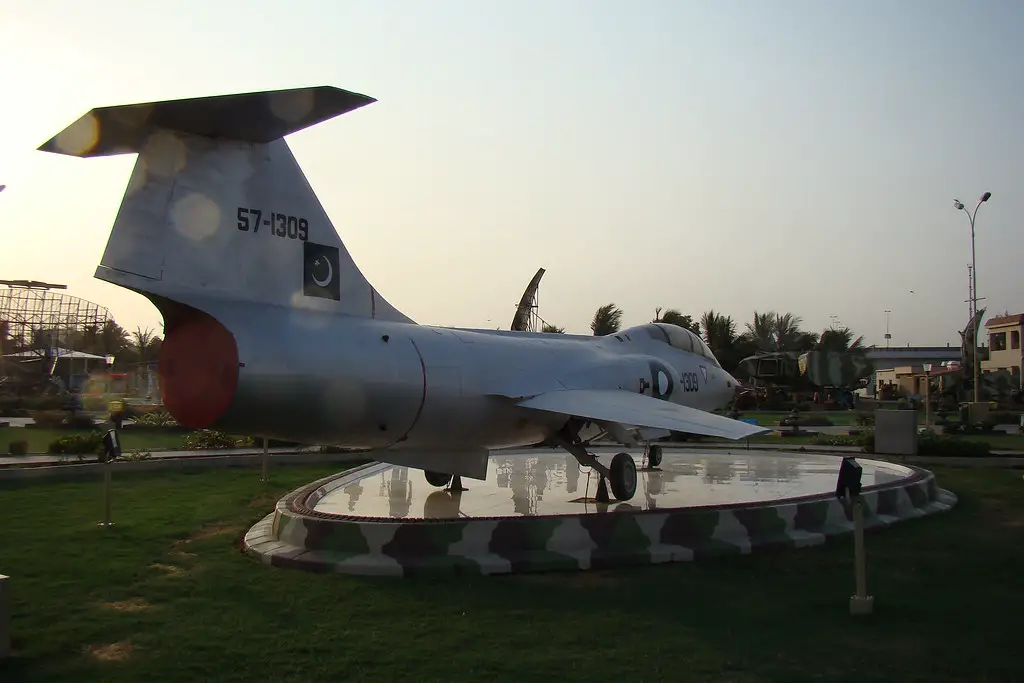
The PAF Museum is a military aviation museum located in Karachi, Pakistan.
It is dedicated to the history of the Pakistan Air Force and showcases a variety of aircraft, weapons, and aircraft engines.
What to see or do: – Explore the outdoor galleries filled with vintage aircraft, including fighter jets, bombers, and transport planes.
Don’t miss: – The highlight of the museum is the collection of aircraft on display, including the historic B-57 Canberra bomber, F-86 Sabre fighter jet, and Mirage fighter jet.
Insider travel tips: – The museum can get very crowded on weekends and public holidays, so try to visit during weekdays if possible.
6. Quaid-e-Azam Mausoleum – Karachi
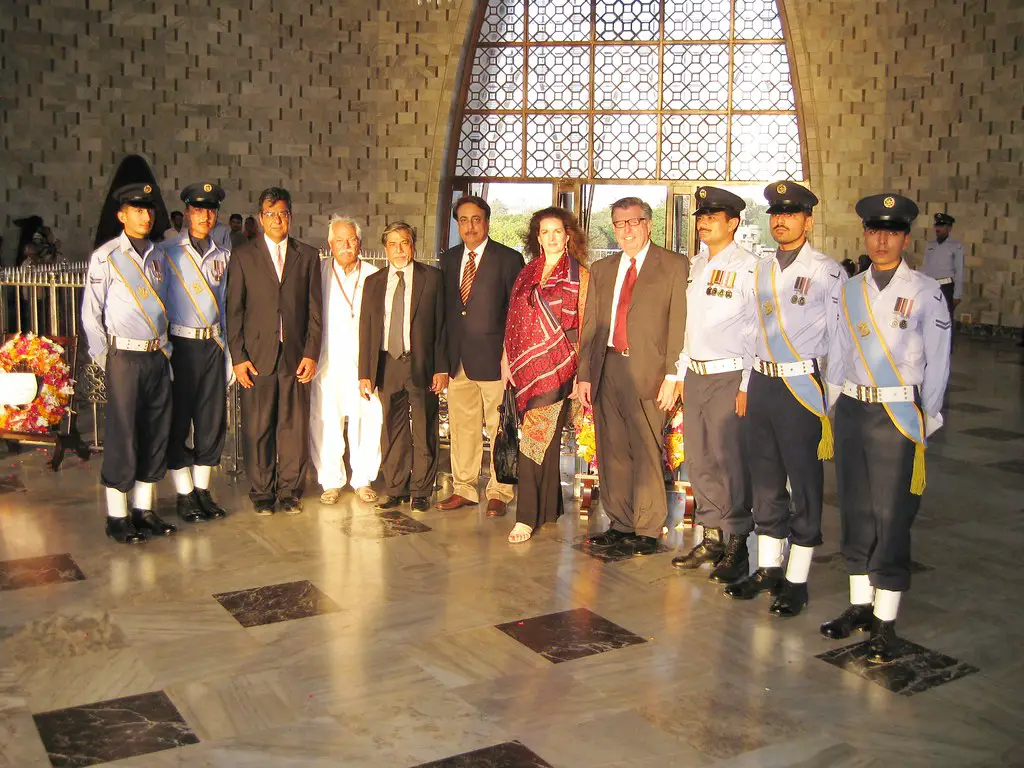
The Quaid-e-Azam Mausoleum is the final resting place of Muhammad Ali Jinnah, the founder of Pakistan. It is situated in Karachi, the largest city in Pakistan.
What to see or do: Visitors can pay their respects to Jinnah and marvel at the stunning architecture of the mausoleum. The white marble structure features a large dome and four minarets, and is surrounded by a beautiful garden.
Don’t miss: Be sure to take a walk around the peaceful garden surrounding the mausoleum, which is filled with fountains and benches for visitors to relax and reflect.
Insider travel tips: – The best time to visit the mausoleum is in the early morning or later in the day to avoid the heat and crowds.
7. Mohenjo-daro – Larkana
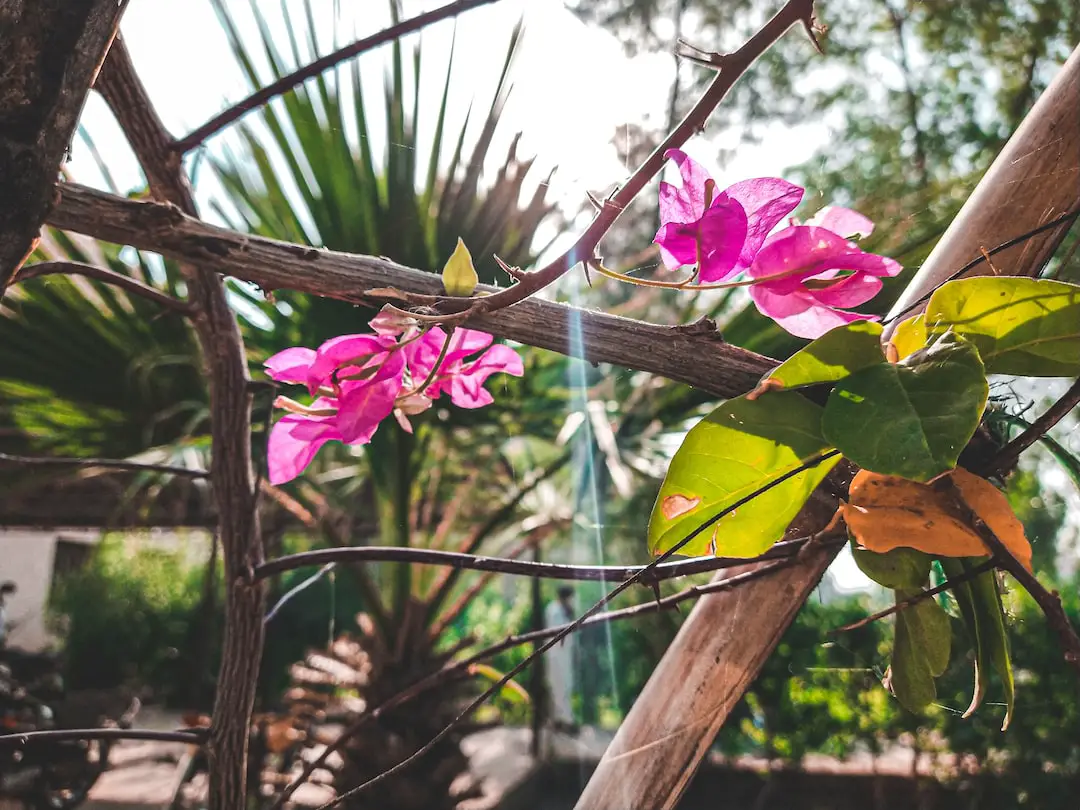
What to see or do: Explore the impressive layout of the city which showcases remarkable urban planning skills of the civilization. Visit the Great Bath, the marketplace, and the public buildings.
Don’t miss: The iconic “Dancing Girl” bronze statue and the “Priest-King” statue, which are considered as the masterpieces of the civilization’s art.
Insider travel tips: Bring your own water, as it can be quite hot and humid. Wear comfortable shoes and clothes that cover your body to protect yourself from the sun.
And don’t forget to hire a guide or book a tour to learn more about the history and significance of the site.
8. Rohtas Fort – Jhelum
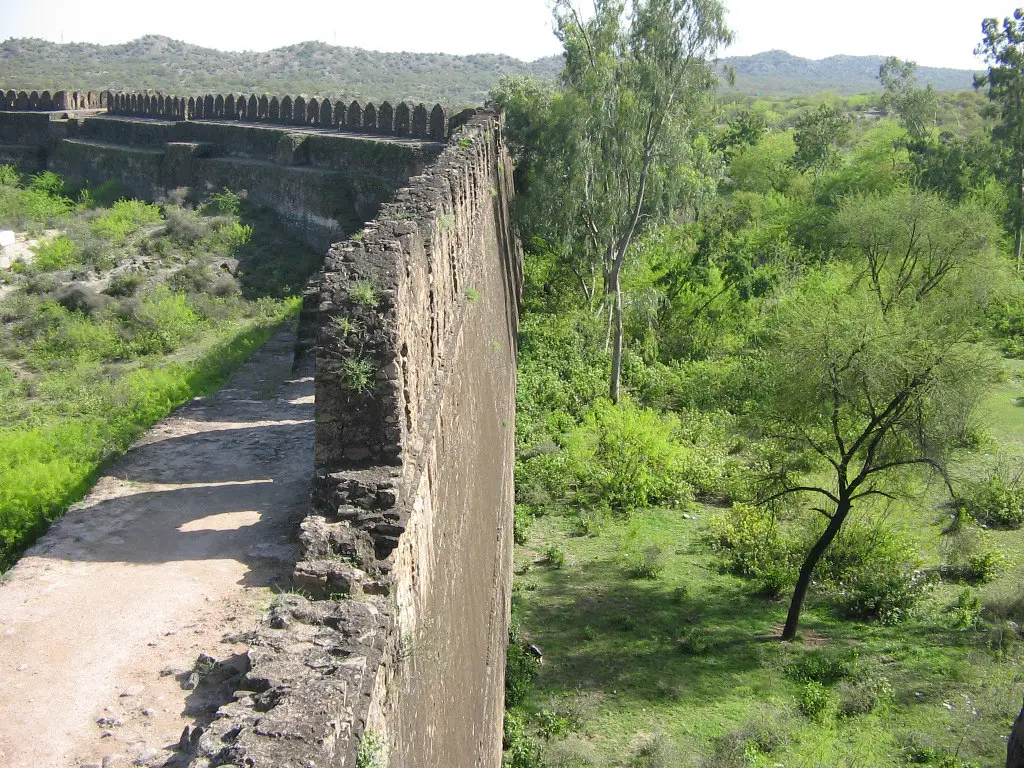
Rohtas Fort is a historic garrison fort located near the city of Jhelum in Pakistan.
It was built in the 16th century by Sher Shah Suri, a former Afghan ruler of India, to defend against possible Mughal invasions.
What to see or do: Visitors can explore the fort’s ramparts, gates, and bastions while admiring its military architecture.
The fort also houses several buildings, including a mosque, a palace, and the Haveli Man Singh, a royal mansion that dates back to the Mughal era.
Don’t miss: The breathtaking view of the surrounding landscape from the top of the fort. Visitors can also explore the ancient Hindu temple ruins located outside the main gate.
Insider travel tips: To beat the crowds and avoid the heat, plan to visit Rohtas Fort early in the morning or later in the afternoon.
Also, be sure to wear comfortable shoes and bring plenty of water as there is a lot of walking involved. Finally, consider hiring a guide to learn more about the fort’s fascinating history.
9. Shalimar Gardens – Lahore
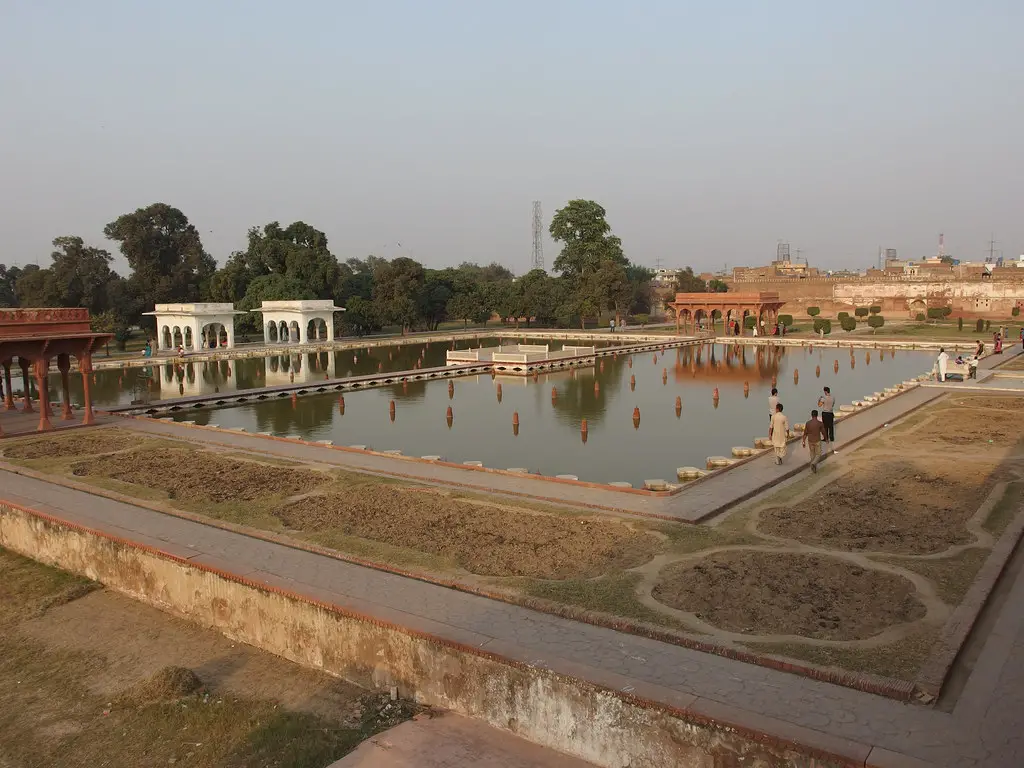
A Mughal garden complex located in Lahore, Pakistan.
What to see or do: Stroll through the beautiful gardens that were built in the 17th century by Emperor Shah Jahan. The gardens feature stunning marble structures, intricate fountains, and flowing water channels.
Don’t miss: The iconic Shalimar Bagh pavilion which is surrounded by lush greenery and offers an escape from the bustling city.
Insider travel tips: Visit during the weekdays to avoid crowds and to fully immerse yourself in the serene atmosphere. Wear comfortable shoes as the gardens cover a large area and can involve a lot of walking.
Bring a camera to capture the scenic beauty of the gardens.
10. Tomb of Jahangir – Lahore

The tomb of Jahangir is a mausoleum in Lahore, Pakistan, built for the Mughal Emperor Jahangir who ruled from 1605 to 1627.
What to see or do: The tomb is a stunning example of Mughal architecture and features intricate marble inlay work, beautiful frescoes, and a sprawling garden.
Visitors can take a leisurely stroll through the lush gardens surrounding the tomb and admire the beautiful architecture.
Don’t miss: Make sure to see the stunning marble cenotaph which is intricately carved with Arabic inscriptions and Quranic verses. Also, look out for the four towering minarets at the corners of the mausoleum which are capped with marble domes.
Insider travel tips: The best time to visit is early in the morning when the garden is quiet and peaceful.
11. Wazir Khan Mosque – Lahore

A stunning mosque built in the 17th century located in the heart of Lahore, Pakistan.
What to see or do: Admire the intricate tile work and colorful frescoes decorating the mosque’s walls, columns, and domes. Listen to the call to prayer and witness the devout Muslims performing their daily prayers.
Don’t miss: The marble pulpit adorned with precious stones and the large courtyard lined with shops selling traditional goods and souvenirs.
Insider travel tips: Visit the mosque during the early morning or late afternoon hours to avoid the crowds and get the best lighting for photography.
Take off your shoes before entering the mosque and dress modestly to show respect for the religious site.
12. Taxila Museum – Taxila
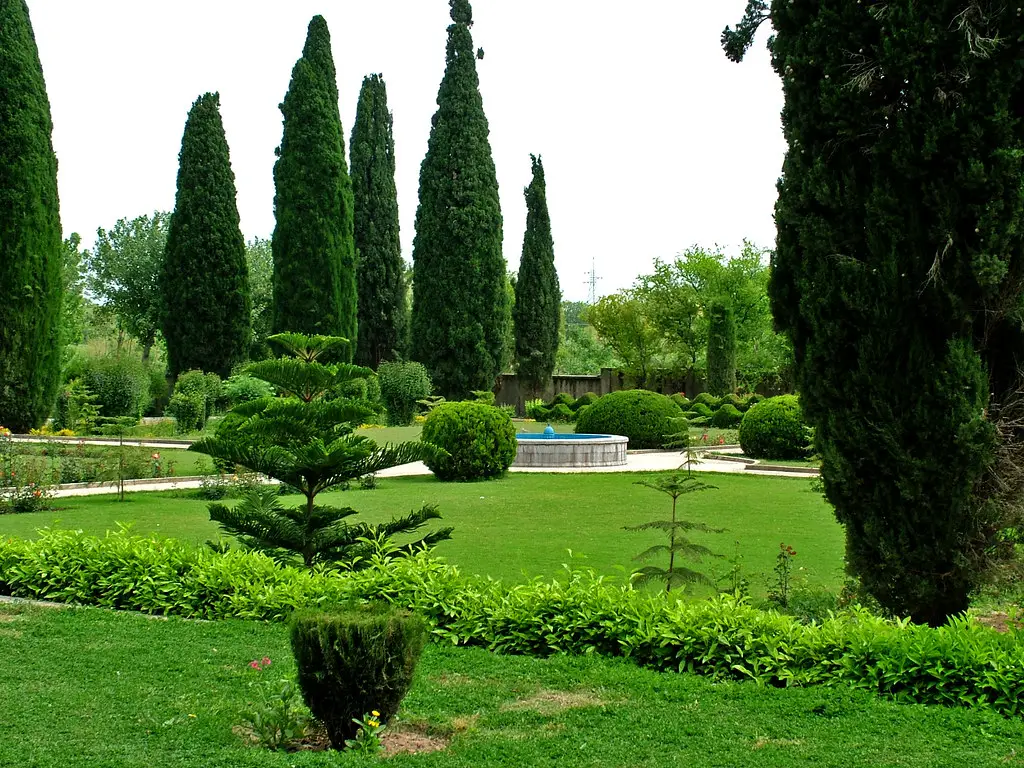
Taxila Museum is a renowned archaeological museum located in Taxila, Pakistan.
What to see or do: The museum boasts an impressive collection of ancient artifacts and relics that date back to the Gandhara period.
Visitors can marvel at the intricately carved Buddhist sculptures, pottery, coins, and jewelry that provide a glimpse into the rich cultural heritage of the region.
Don’t miss: One of the key highlights of the museum is the exquisite statue of the fasting Buddha that is believed to be over 1,700 years old.
The museum also houses the famous Sirkap stone, which contains a bilingual inscription in Greek and Karosthi scripts.
Insider travel tips: – It is advisable to hire a guide who can provide detailed insights into the history and significance of the artifacts on display.
13. The Pakistan Monument – Islamabad
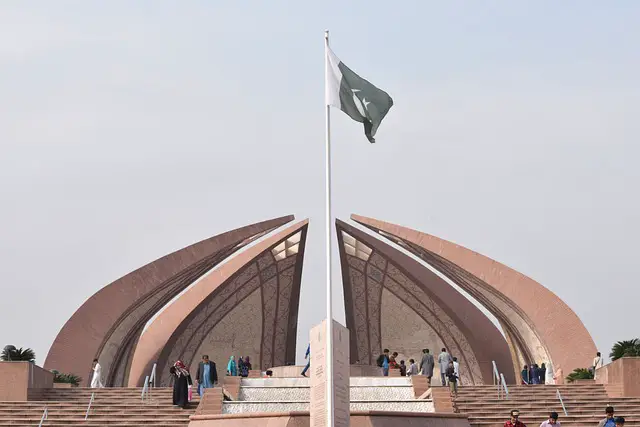
The Pakistan Monument is a landmark in Islamabad, Pakistan that was built to symbolize the unity and solidarity of the people of Pakistan.
What to see or do: The monument consists of four main petals representing the four provinces of Pakistan, and three smaller petals that represent the three territories of Pakistan.
Visitors can explore the museum inside the monument to learn more about the history and culture of Pakistan. The monument also offers a panoramic view of the entire city of Islamabad.
Don’t miss: The nightly multimedia show at the monument is a must-see. The show highlights the themes of unity, faith, and discipline, and is a unique experience that should not be missed.
Insider travel tips: Visit the monument in the evening to see it lit up beautifully.
14. Lahore Museum – Lahore
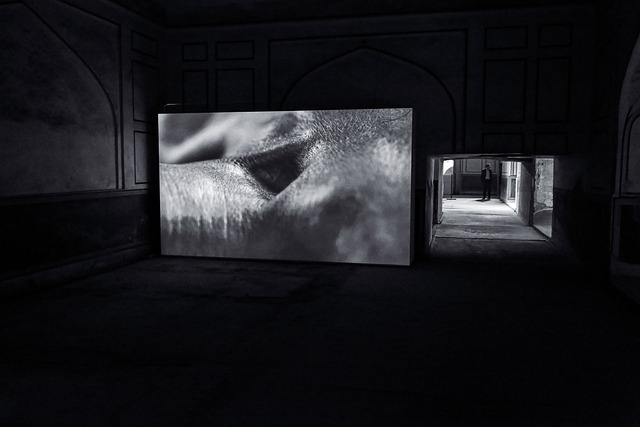
Lahore Museum is the largest museum in Pakistan housing a vast collection of artifacts from the Indus Valley Civilization to present day.
What to see or do: There is a diverse range of exhibitions to explore, including ancient artifacts from the Indus Valley Civilization, Islamic art, rare manuscripts, ancient coins, and weaponry.
The museum also features a significant collection of paintings, carvings, sculptures, and textiles.
Don’t miss: Don’t miss the famous Fasting Buddha from the ancient Gandhara period, the Mughal Gallery, and the Arms and Armour Gallery.
Insider travel tips: Try to visit on weekdays to avoid crowds. Photography is strictly prohibited in some galleries, so make sure to check the signs before taking pictures.
The museum is closed on Mondays. Guided tours are available at an additional cost and can enhance your experience.
15. Hiran Minar – Sheikhupura
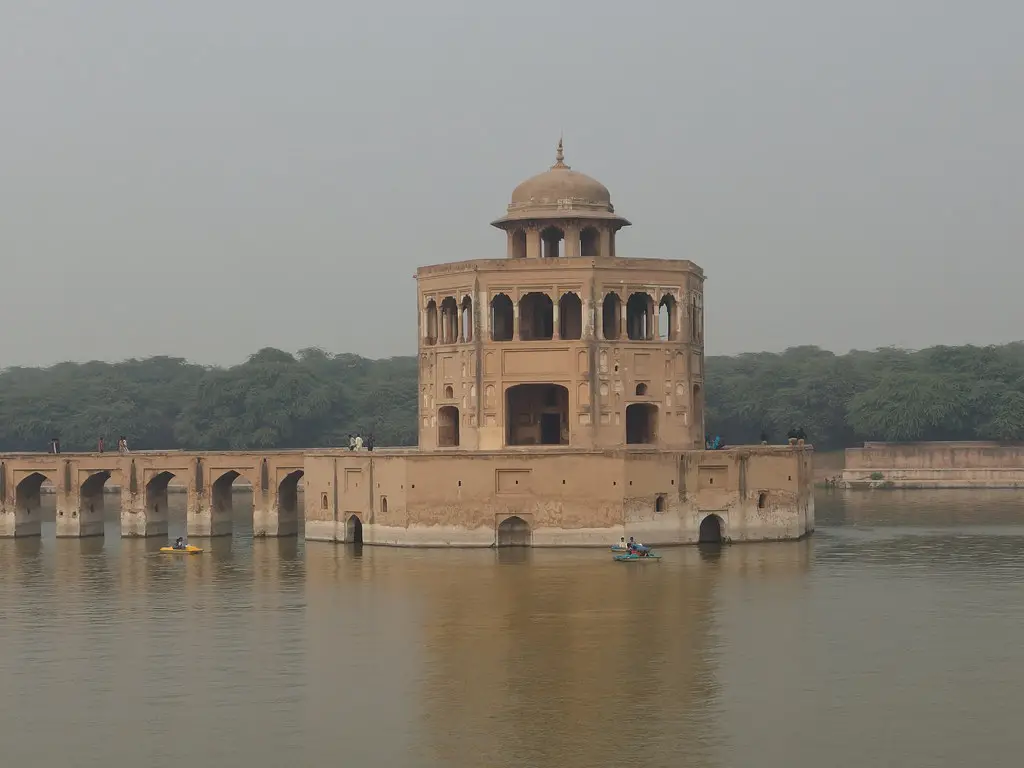
A 17th-century Mughal era monument located in Sheikhupura district of Punjab, Pakistan.
What to see or do: – Marvel at the tall tower standing over 100 feet high with its unique blend of Islamic and Hindu architectural styles.
Don’t miss: – The stunning white marble and red sandstone facade of the minar.
Insider travel tips: – Best time to visit is in the early morning or late evening to avoid the heat.
16. National Museum of Pakistan – Karachi
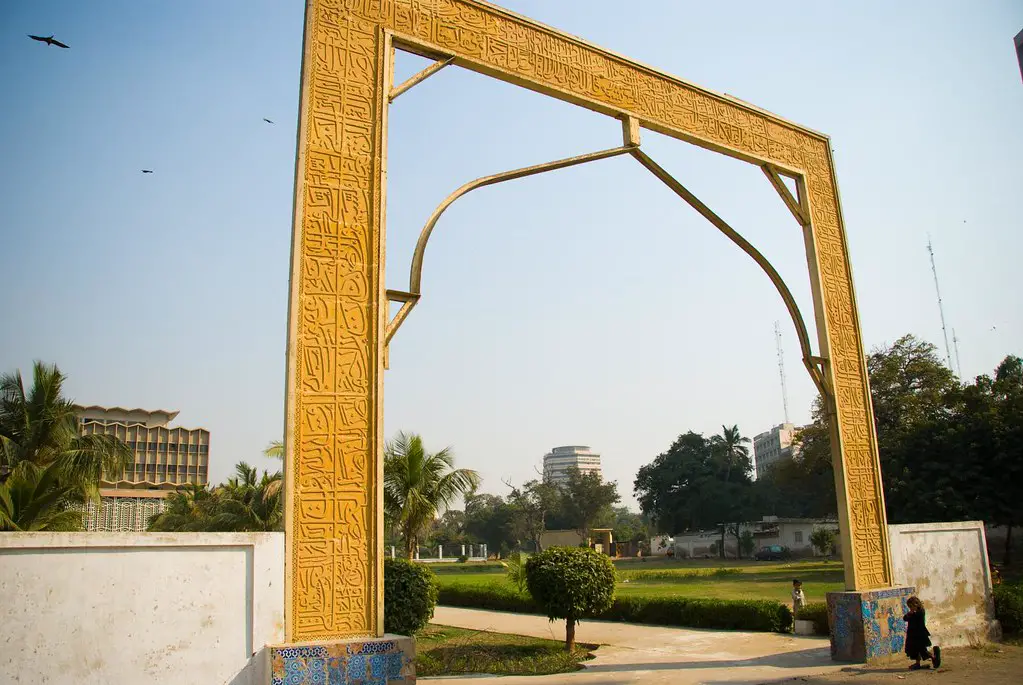
The National Museum of Pakistan is a cultural and historical monument situated in Karachi, exhibiting the diversity and richness of Pakistan’s history, art, and culture.
What to see or do: The museum comprises eleven galleries including the famous Quran Gallery, Pakistan Monument Gallery, and the Islamic Art Gallery.
Visitors can witness numerous rare artifacts, sculptures, Islamic art, coins, manuscripts, ethnological exhibits, and pre-historic relics from the Indus Valley Civilization, depicting Pakistan’s vibrant and diverse history.
Don’t miss: Don’t miss the famous Pakistan Monument Gallery, which has rare paintings and sculptures representing Pakistan’s independence struggle, and its tribal people’s unique lifestyle and cultural diversity.
Insider travel tips: Visitors should plan their visit accordingly, as the museum is closed on Fridays and public holidays. Photography is not permitted in some galleries, so it is best to check beforehand.
Local guides are available on location, who can provide more insights into Pakistan’s history and its culture at large.
17. Empress Market – Karachi
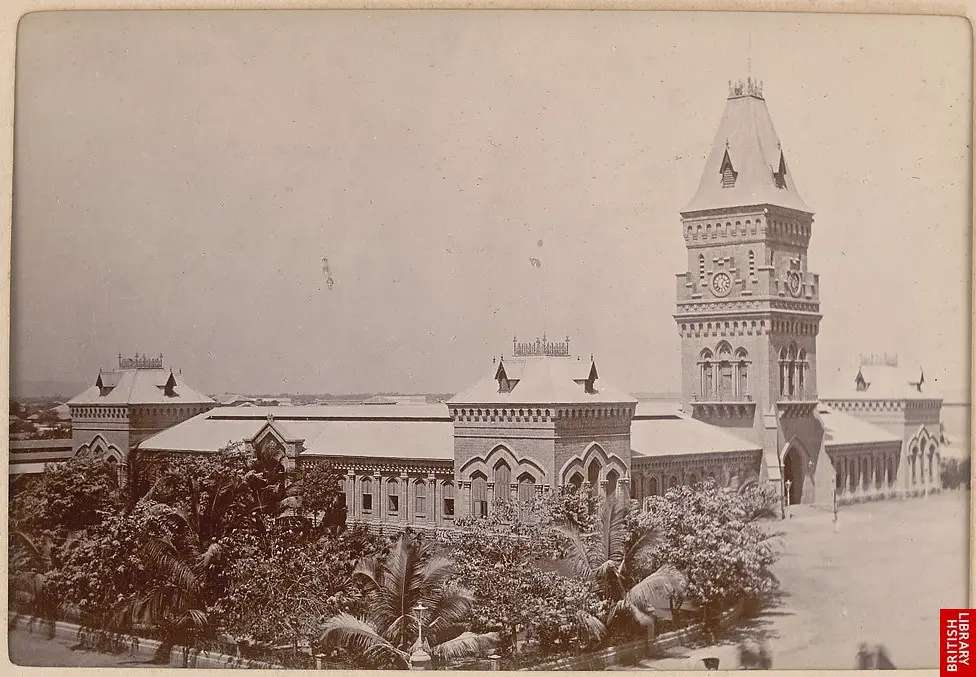
A historic market in Karachi, Pakistan, built during the British colonial era in 1889.
What to see or do: Explore the countless alleys and stalls selling everything from fresh produce to textiles, spices, and souvenirs. Take in the vibrant atmosphere and colorful architecture.
Don’t miss: The animal market section, where you can see exotic birds, snakes, and even goats. Visit the flower market to experience the fragrant smells and beautiful displays.
Insider travel tips: Bargain hard with the vendors, and be prepared to haggle for the best price. Be cautious with your belongings and keep an eye out for pickpockets.
Make sure to grab some traditional Pakistani snacks or sweets from the food vendors for a true local experience.
18. Tomb of Allama Iqbal – Lahore
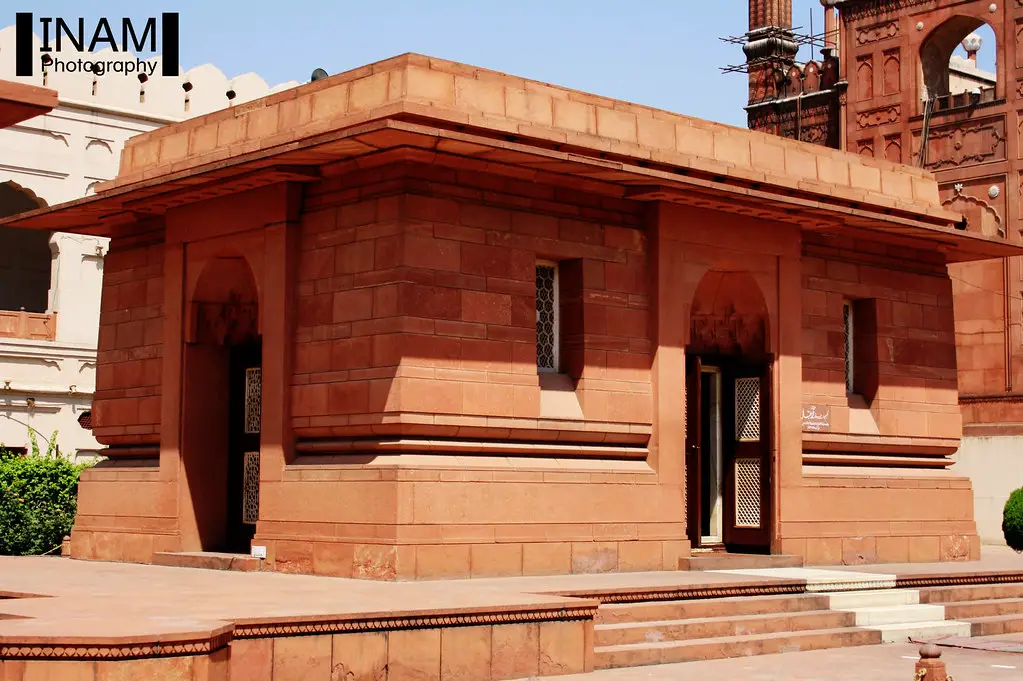
Tomb of Allama Iqbal is the final resting place of Sir Muhammad Iqbal, a renowned philosopher, poet and politician of the Indian subcontinent.
What to see or do: Visitors can observe the beautiful Islamic architecture of the tomb, which is decorated with Turkish tiles and marble.
The tomb is surrounded by a large green garden that offers a peaceful atmosphere for visitors to reflect on Iqbal’s contributions to literature, philosophy, and politics.
Don’t miss: A small museum located near the tomb displays artifacts and documents related to Iqbal’s life and works. Visitors can also attend a changing of the guards ceremony, which takes place every hour.
Insider travel tips: It is recommended to visit the Tomb of Allama Iqbal in the early morning or late evening to avoid the crowds and enjoy the peaceful environment.
Visitors should dress modestly and remove their shoes before entering the tomb. Photography is not allowed inside the tomb, but visitors can take pictures of the exterior.
19. Masjid-e-Tooba – Karachi

Masjid-e-Tooba, also known as the Gol Masjid, is a beautiful mosque located in Karachi, Pakistan.
What to see or do: Admire the stunning architectural design of the mosque, which has a large, single dome that is 72 meters in diameter and is supported by four minarets.
The entire mosque is built with white marble that adds to its grandeur.
Don’t miss: Make sure to see the beautiful symmetry and balance of the mosque’s interior, which has a capacity of up to 5,000 worshippers.
It is also worth visiting during the evening, as the mosque is lit up beautifully.
Insider travel tips: – The mosque is located in the Defense Housing Authority (DHA) area of Karachi, which is a residential neighborhood. It’s best to check with locals for the easiest and quickest way to get there.
20. Shah Faisal Mosque – Lahore
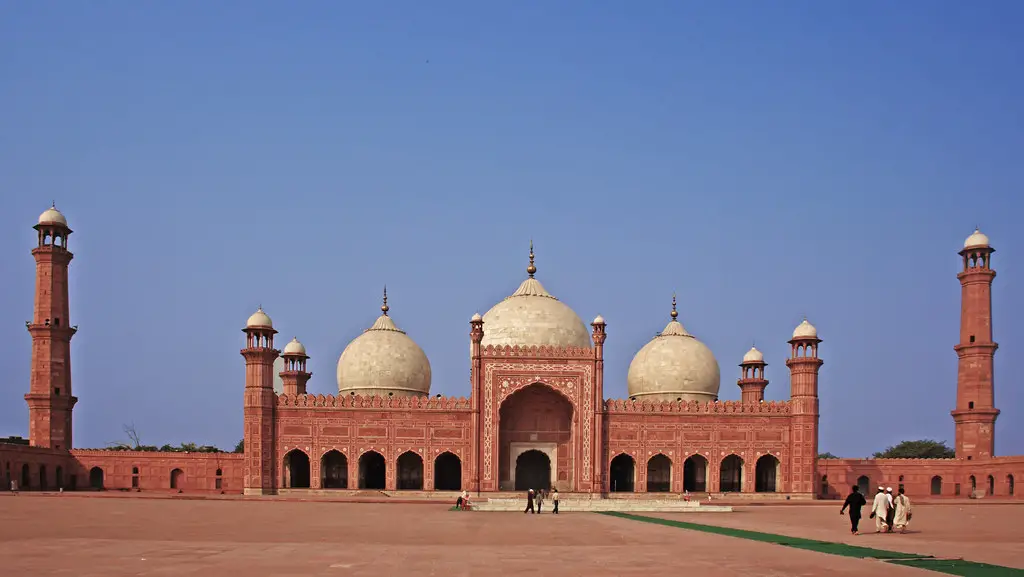
The Shah Faisal Mosque is a spectacular Islamic religious building located in Lahore, Pakistan.
What to see or do: Visitors to the mosque can admire its stunning architecture, which features a unique blend of traditional and modern design elements. The mosque’s most striking feature is its huge prayer hall, which can accommodate up to 70,000 worshippers.
There are also several smaller prayer halls, as well as a library, a lecture hall, and other facilities.
Don’t miss: One of the most impressive aspects of the Shah Faisal Mosque is its enormous white marble dome, which is one of the largest in the world.
Visitors should also take the time to explore the beautiful gardens and courtyards surrounding the mosque.
Insider travel tips: When visiting the Shah Faisal Mosque, it is important to dress modestly and respect the traditions and customs of the Islamic faith.
Visitors may be required to remove their shoes before entering the mosque, and photography may not be allowed in certain areas.
It is also recommended to visit the mosque outside of prayer times in order to avoid crowds.
21. Katas Raj Temples – Chakwal
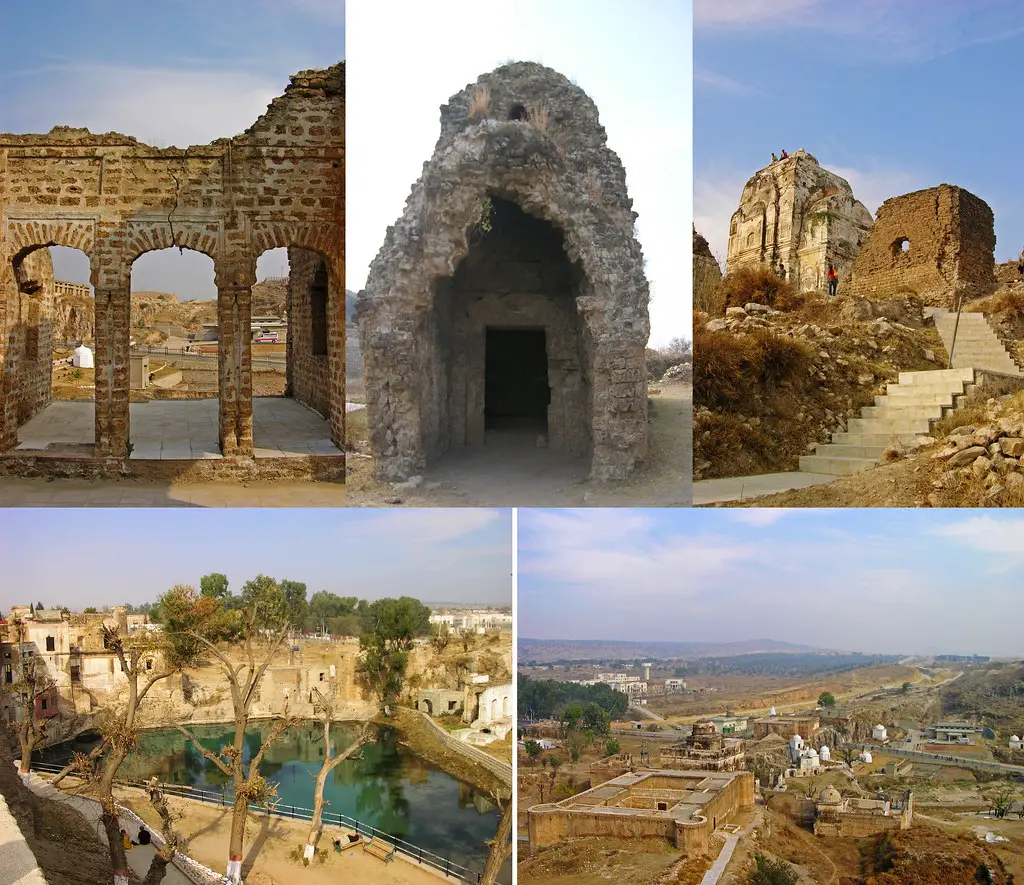
Katas Raj Temples is a complex of several Hindu temples located in Chakwal, Punjab, Pakistan.
What to see or do: The temples are a magnificent work of art and architecture, with intricate carvings and sculptures. Visitors can explore the temples, and learn about the history and significance behind them.
Don’t miss: The main temple, also known as the Shiva Temple, is the most stunning of all. It has an underground pool, which is believed to have holy water with healing properties.
The surrounding complex of temples and ruins is also a sight to behold.
Insider travel tips: – Avoid visiting during peak hours, as it can get crowded.
22. Noor Mahal – Bahawalpur
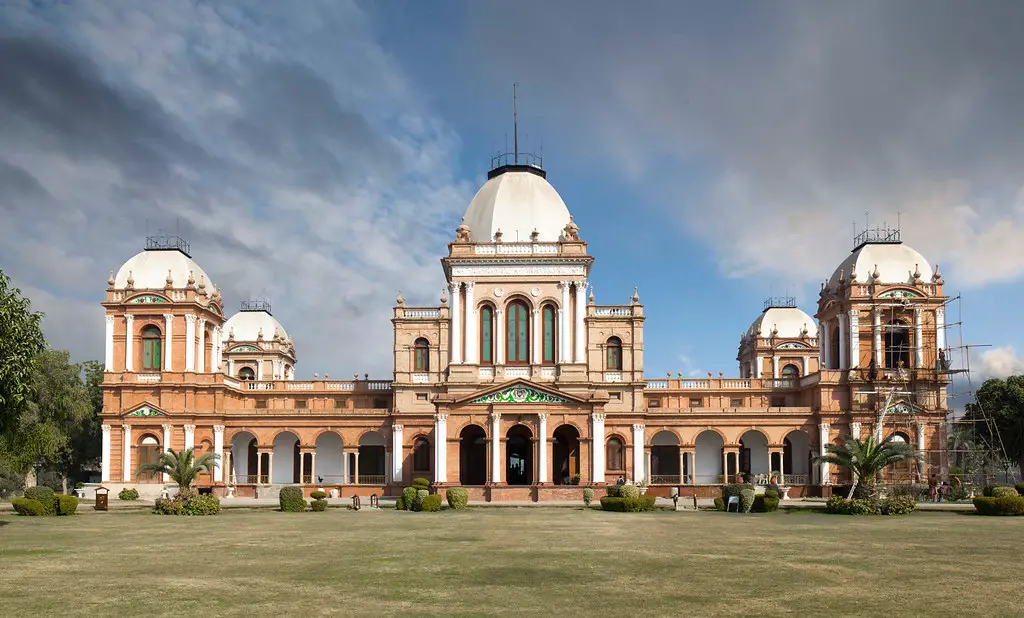
Noor Mahal is a stunning palace located in Bahawalpur, Pakistan.
What to see or do: Visitors can wander around the palace’s ornate rooms, which boast a fusion of neoclassical and Islamic architecture.
Noor Mahal serves as an excellent example of the royal legacy in the area, and architecture enthusiasts will delight in admiring the intricacy of the building.
Don’t miss: Don’t forget to take a stroll in the palace’s beautifully designed gardens. This verdant oasis boasts an array of exotic plants, including palm trees, bamboo groves, and colourful flower beds.
Insider travel tips: Visit Noor Mahal early in the morning or late afternoon to avoid the midday heat. Keep in mind that photography is not allowed inside the palace.
23. Lok Virsa Museum – Islamabad

The Lok Virsa Museum is a cultural museum located in Islamabad, Pakistan.
What to see or do: The museum showcases the rich cultural heritage of Pakistan through its exhibits which include traditional handicrafts, artwork, music, and dance. There are over 25 galleries featuring textiles, jewelry, pottery, woodwork, and paper mache among other things.
Don’t miss: The puppet and cultural shows that take place in the museum’s outdoor theater are not to be missed. They offer an immersive cultural experience and are a must-see.
Insider travel tips: Visit the museum during a cultural festival or event for an even more vibrant experience. The museum is closed on Mondays, so plan accordingly.
Make sure to try the museum’s traditional chai and snacks.
24. Lahore Zoo – Lahore
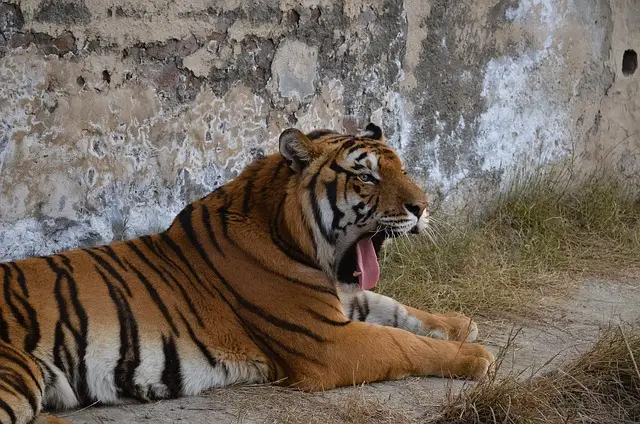
Lahore Zoo is a popular zoological garden located in Lahore, Punjab, Pakistan. It was established in 1872 and is considered one of the oldest zoos in the world.
What to see or do: Visitors can see a variety of animal species from around the world, including lions, tigers, elephants, zebras, bears, and many more.
The zoo also has a botanical garden, aquarium, and aviary. Visitors can enjoy a family picnic or take a guided tour.
Don’t miss: The white tiger exhibit is a unique and rare sight.
Visitors should also check out the newly constructed monkey and bird exhibit, and the Bug House where they can see giant snails, cockroaches, and tarantulas.
Insider travel tips: Arrive early in the day to avoid the crowds and bring water and snacks as there are limited food options inside the zoo.
Visitors should also wear comfortable shoes as the zoo covers a large area and can be tiring to explore.
25. Quaid-e-Azam Library – Lahore
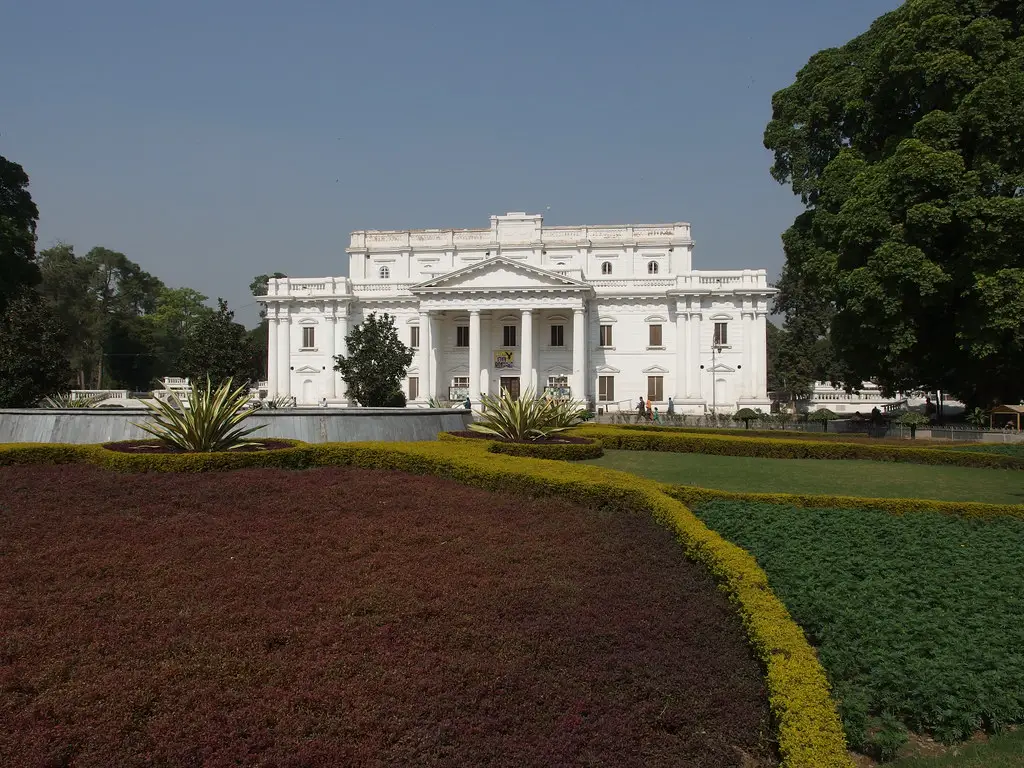
A public library located in Bagh-e-Jinnah, Lahore.
What to see or do: The library houses a vast collection of books, including rare manuscripts, documents, and publications. Visitors can explore the reading halls and browse through the extensive collection of books and research materials.
Don’t miss: The architectural beauty of the building, which is a blend of Mughal and modern styles. Also, check out the historic portraits and photographs on display inside the library building.
Insider travel tips: The library is free to visit, but visitors need to obtain a membership card to access the reading halls and borrow books.
Photography is not allowed inside the library building. It’s recommended to visit the library during weekdays to avoid crowds.
26. Islamabad Zoo – Islamabad
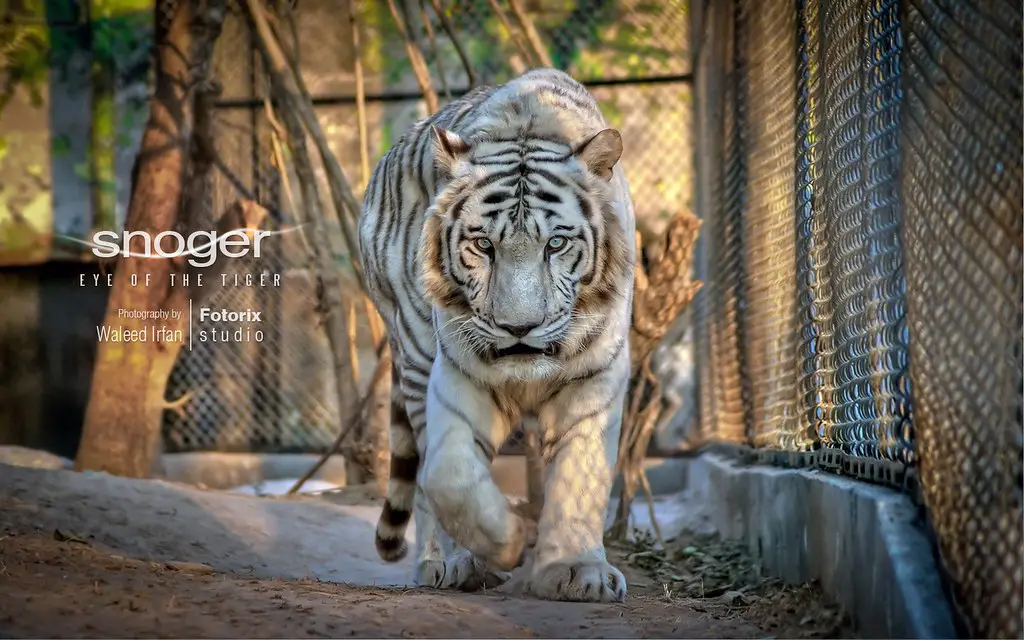
Islamabad Zoo is a wildlife refuge spread over 82 acres of land containing a diverse range of animals and birds.
What to see or do: The zoo offers fascinating close-up encounters with a wide variety of animals, including elephants, lions, deer, zebras, and monkeys.
Visitors to the zoo can explore its vast grounds, take a scenic train ride, and witness exotic animals living in their natural habitat.
Don’t miss: Don’t miss the opportunity to witness the majestic Bengal tiger, the world’s largest living cat, in all its glory at the zoo.
Another highlight of the zoo is the newly opened aquarium which offers a fascinating glimpse of marine life.
Insider travel tips: – It’s best to visit the zoo on a weekday to avoid crowds.
27. Peshawar Museum – Peshawar
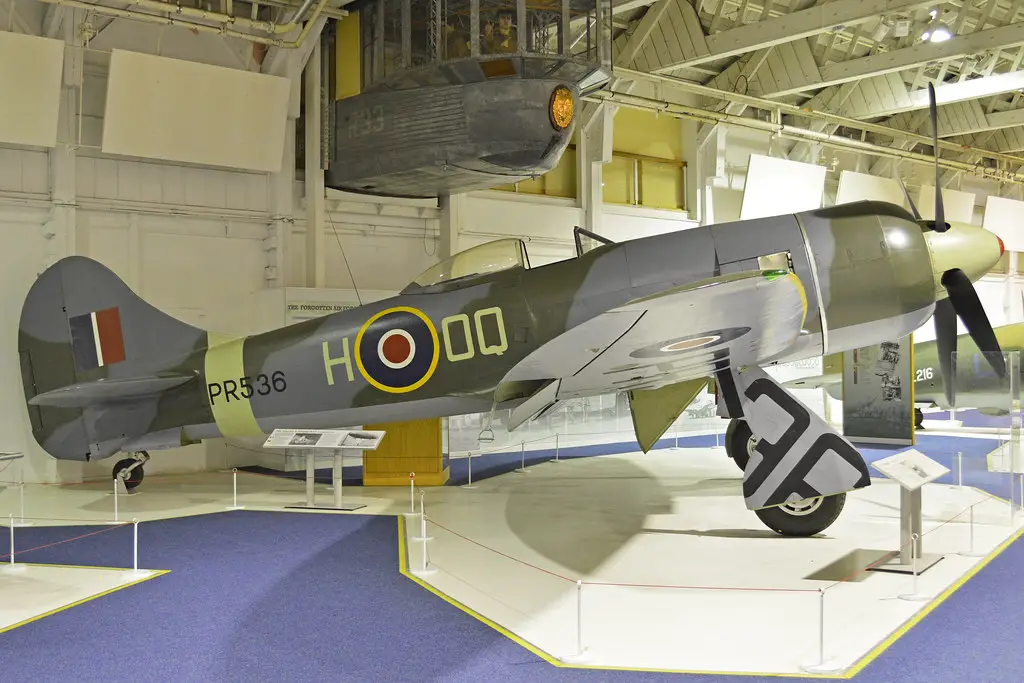
Peshawar Museum is a historical site in Peshawar, Pakistan, that houses a diverse collection of antiques and artifacts reminiscent of the Gandhara period.
What to see or do: The museum has an extensive collection of Buddhist sculptures, coins, manuscripts, and other relics from the ancient Indo-Greek kingdom. It also features exhibits tracing the history of Pakistan from its earliest times.
Don’t miss: One of the most impressive exhibits is the “Buddha Gallery,” which displays intricate Buddhist sculptures and exquisite stone carvings from ancient monasteries.
Insider travel tips: To avoid crowds and the afternoon heat, it’s best to visit the museum early in the morning. Small bags and cameras are allowed, but note that photography is strictly prohibited in some areas.
Audio guides are readily available and provide insightful commentary on the exhibits.
28. Rawat Fort – Rawalpindi
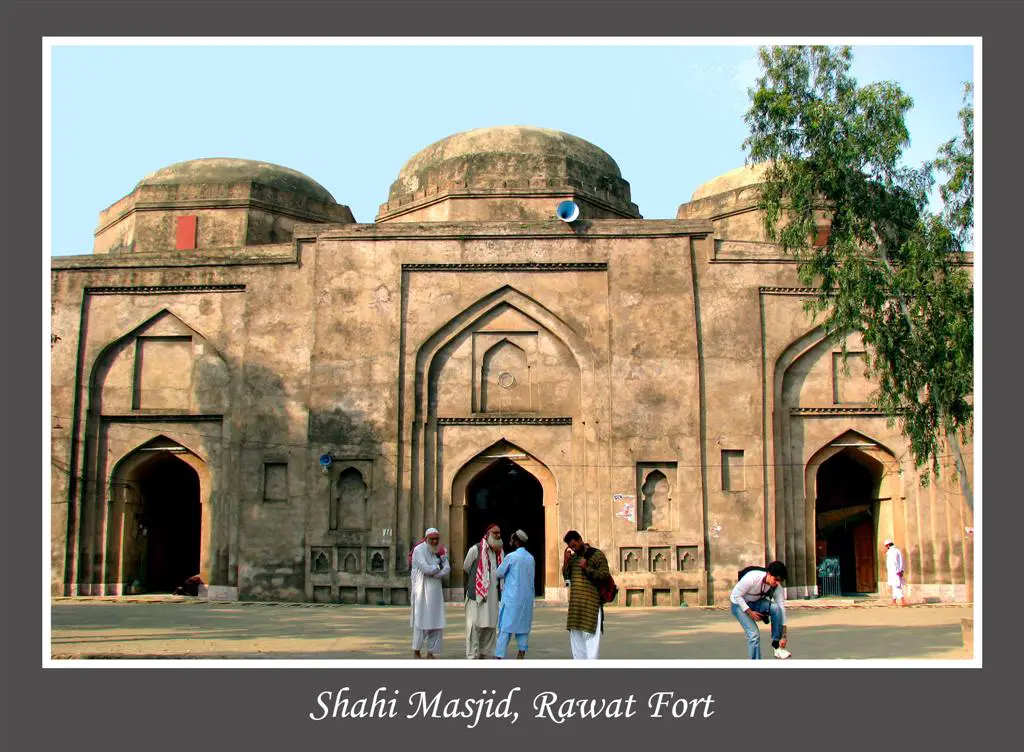
Rawat Fort is an ancient fort located in the city of Rawalpindi, Pakistan and it was built during the early 16th century.
What to see or do: When visiting Rawat Fort, you can explore the ancient architecture and learn about the history of the fort. There are also several hiking and walking trails around the fort that offer panoramic views of the surrounding areas.
Don’t miss: Don’t miss the chance to see the old cannons and weaponry displayed inside the fort. If you’re lucky, you may also get to see a live performance of traditional Pakistani dances and music.
Insider travel tips: – It’s recommended to hire a guide to fully understand the history and significance of the fort.
29. Pir Sohawa – Islamabad
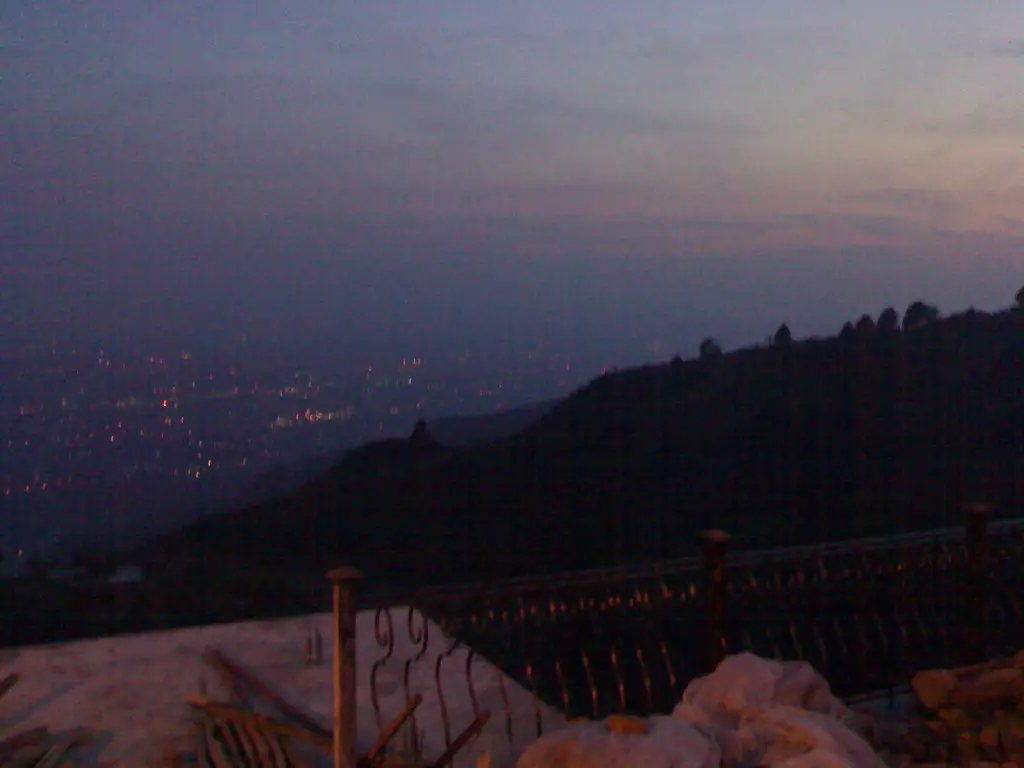
Hill station and tourist spot overlooking Islamabad, Pakistan.
What to see or do: Enjoy the scenic drive up the Margalla Hills, take in panoramic views of Islamabad, visit the restaurant and souvenir shops, hike along the trails in the nearby National Park.
Don’t miss: The breathtaking view of Islamabad at night, with the city lights twinkling below.
Insider travel tips: Plan your visit during the weekdays to avoid the weekend crowds, bring a jacket as it can get chilly at night, and try the local Pakistani cuisine at the restaurant for a truly authentic experience.
30. Ziarat Residency – Ziarat
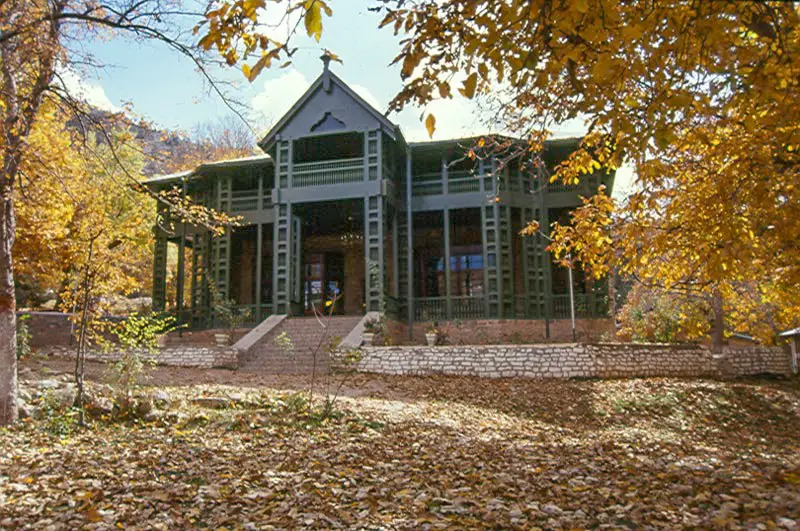
A historical monument and a popular tourist destination located in the town of Ziarat, Pakistan.
What to see or do: Explore the beautiful architecture of this residency which was used by the founder of Pakistan, Muhammad Ali Jinnah, during his last days.
Visitors can also see the room where he lived and worked, as well as the beautiful garden that surrounds the residency.
Don’t miss: The Quaid-e-Azam Residency Museum which is located nearby and showcases the life and achievements of Muhammad Ali Jinnah.
Insider travel tips: It can get quite cold in Ziarat, even during the summer months, so it’s recommended to bring warm clothing.
The residency and museum can get crowded during peak tourist season, so it’s best to visit early in the day to avoid crowds.
Also, make sure to respect the cultural and religious sensitivities of the locals, as Ziarat is considered a sacred place by many Pakistanis.